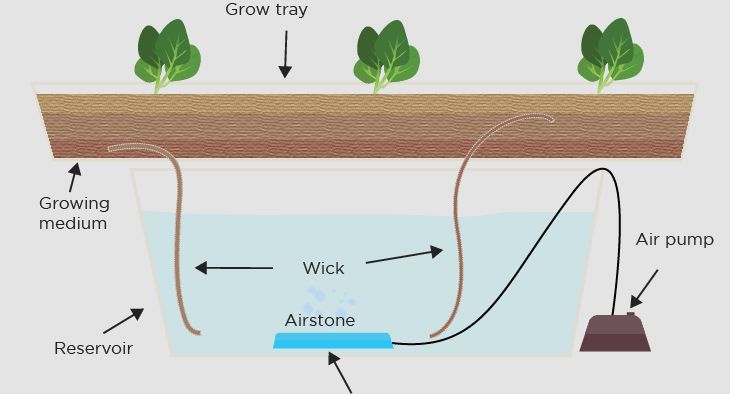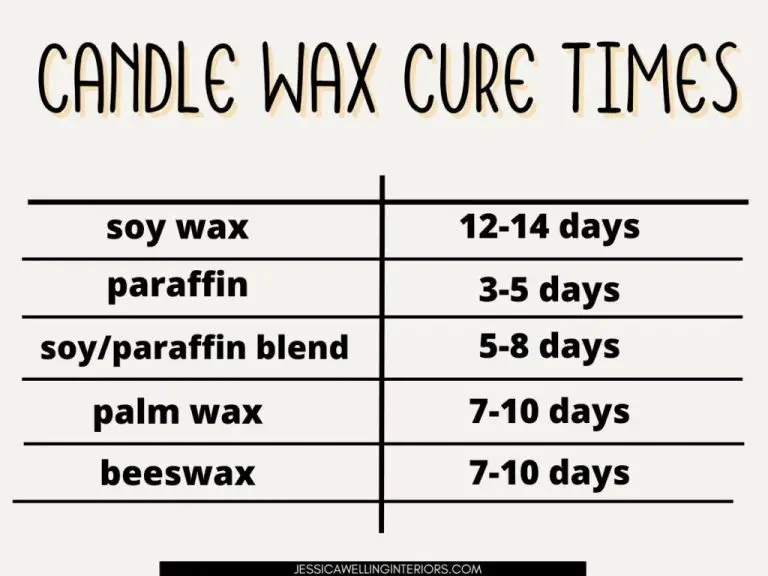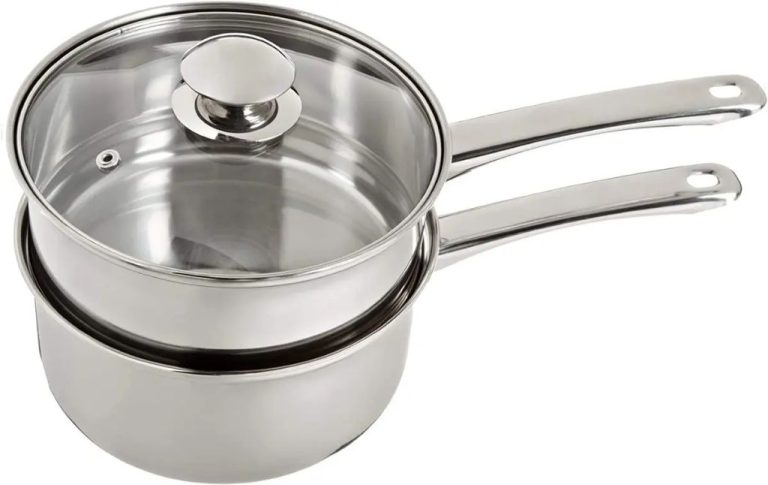Are Wax Melts Bad For The Environment?
Wax melts are small pieces of scented wax that are heated to release fragrance. They are placed in electric wax melt warmers which gently heat and melt the wax to disperse the aroma into the air. Wax melts have become increasingly popular over the past decade as an alternative to scented candles and air fresheners.
Wax melts are widely used in homes and offices due to their convenience, variety of fragrances available, and lack of messy wax drips associated with burning candles. However, some concerns have been raised about the potential environmental impacts of wax melts and whether they are truly a greener choice than traditional candles.
This report examines the environmental considerations around wax melts, including their manufacturing, use phase, disposal, and comparisons to other fragrance options like candles. It aims to provide a comprehensive analysis of whether wax melts are ultimately an eco-friendly product and how consumers can make informed choices.
Manufacturing and Materials
The main ingredients used in the manufacturing of wax melts are paraffin wax, soy wax, and other natural waxes like beeswax or palm wax. Paraffin wax is derived from petroleum and is criticized by some as being unsustainable. The extraction and refining processes required to produce paraffin wax use energy and create emissions. However, paraffin wax is very commonly used in candles and melts for its low cost, consistency, and scent throw.
Soy wax is considered a more eco-friendly option as it is made from soybean oil, a renewable resource. Manufacturing soy wax has less environmental impact compared to paraffin wax. However, growing soybeans on a large scale requires pesticides and land use changes which can also affect the environment. According to Waxkind, “These waxes are derived from renewable resources, making them a more sustainable choice with a lower environmental impact than paraffin wax.” (https://waxkind.co.uk/blogs/news/are-wax-melts-eco-friendly)
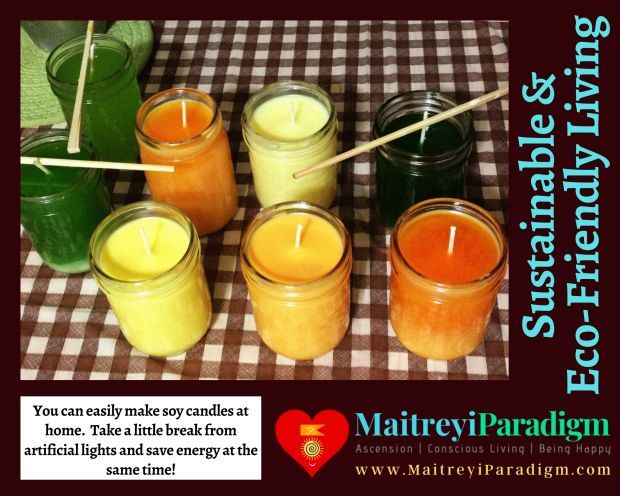
Other natural waxes like beeswax and palm wax are also alternatives for manufacturing wax melts. Beeswax is considered very sustainable when harvested responsibly. Palm wax faces issues with palm oil production leading to deforestation in some regions. Overall, natural waxes have lower environmental impacts during manufacturing compared to paraffin, but may be more expensive or lack performance qualities.
Use Phase – Burning and Air Quality
When wax melts are heated, they release volatile organic compounds (VOCs) into the air which can impact indoor air quality. According to a study by the University of Montana, wax melts produce lower particulate matter emissions than candles while burning because they don’t require a wick or flame [1]. However, the synthetic fragrances in wax melts can still emit potentially hazardous VOCs like acetone, benzene, toluene, and formaldehyde [2]. These emissions can persist in indoor air and lead to potential short-term and long-term health effects.
Compared to candles, wax melts may produce less soot and particulate matter during use. But the synthetic fragrances can still degrade indoor air quality through VOC emissions. While the health impacts are not fully characterized, some VOCs are known irritants and should be used cautiously in occupied spaces.
Use Phase – Waste
One of the main sources of waste from wax melts comes from leftover wax after use. Since wax melts are designed to slowly melt over time when heated, often not all of the wax gets used up before it loses its scent. This leaves hardened wax leftovers that typically get thrown in the trash.
According to packaging distributor OXO Packaging, most wax melt packaging consists of clamshells, boxes, and pouches made from plastic or paperboard. These types of packaging produce additional waste after use.[1] While some plastic packaging can be recycled, most end up in landfills. Amazon sells some biodegradable wax melt packaging options, but these represent only a small fraction of the total packaging waste.[2]
In summary, wax melts generate two main waste streams – leftover wax, and disposable packaging. Neither stream is well-handled through recycling programs, leading to large amounts of wax melt waste ending up in landfills.
Disposal and Recycling
Wax melts cannot be placed into most curbside recycling bins, but there are still some disposal and recycling options. According to The Wick and Wax Co. (https://thewickandwax.co/pages/disposal-and-recycling), pieces of scented wax can be placed in the regular trash bin. However, they recommend saving the wax pieces in a storage box to bring to a recycling center that accepts wax. Always check with your local recycling center to see if they accept wax.
Once the wax melt has been used in the warmer and is liquid, it’s best to let it fully harden and then peel or scrape it out. Devon Wick (https://devonwick.com/blogs/news/how-to-remove-used-wax-from-your-warmer) recommends using cotton balls to absorb any excess liquid wax before disposal. The hardened wax can then be placed in the trash or recycling according to your local guidelines.
On Reddit, some users recommend freezing used wax melts to easily remove them from the warmer before placing them in the trash or recycling (https://www.reddit.com/r/Candles/comments/kwdvax/how_do_i_dispose_of_meltedused_candle_wax/). Always check with your local waste management about proper disposal methods.
Comparisons to Candles
Both wax melts and candles carry certain environmental impacts in their production, use, and disposal. However, there are some key differences between the two in terms of sustainability:
On the production side, wax melts tend to use more eco-friendly waxes like soy, beeswax, or vegetable-based waxes, while many candles still rely on paraffin wax from fossil fuels (Waxkind). Wax melts also don’t require containers, eliminating that additional resource use.
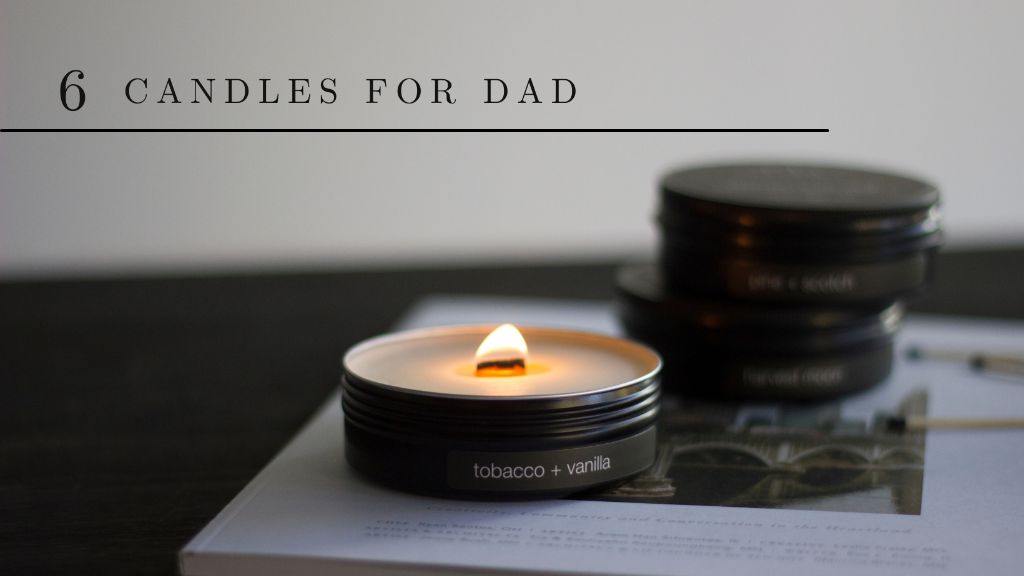
When burning, candles produce more soot and smoke than wax melts, releasing more potential pollutants into the air (Wax & Scents UK). However, neither product is emission-free during use.
In disposal, both products create waste if not recycled properly. However, wax melts produce smaller amounts of wax waste versus large, spent candle jars. The metal tins used with wax melts are also more easily recycled than glass jars.
Overall, wax melts tend to have a lower environmental impact than candles through more sustainable material choices and producing less waste and emissions. While not impact-free, they can be a greener alternative to traditional paraffin candles.
Greener Alternatives
There are several ways to make wax melts more eco-friendly:
Use natural wax – Eco-friendly wax melt recipes often use soy, beeswax, or other natural waxes instead of paraffin. Natural waxes like soy and coconut wax are biodegradable and renewable (Green Koala).
Avoid artificial fragrances – Opt for essential oils or phthalate-free fragrances. Many eco-friendly brands use plant-based fragrances and essential oils (Nectar Republic).
Sustainable packaging – Choose wax melt packaging made from recycled and recyclable materials. Some companies use compostable packaging or 100% post-consumer recycled paper (Effing Candle Co.).
Support green businesses – Purchase wax melts from companies committed to sustainability and ethical practices. Many small businesses offer natural, non-toxic wax melt options.
Make your own – DIY wax melt recipes allow you to control the ingredients. Opt for soy, beeswax, coconut oil, and essential oils.
Buying eco-friendly wax melt products and making natural wax melts at home can reduce the environmental impact compared to standard paraffin wax melts.
Consumer Best Practices
There are several ways consumers can reduce the environmental impact of using wax melts:
Buy products made from natural or recycled materials when possible. Many brands now offer wax melts made from soy, beeswax, or other natural waxes rather than paraffin. Look for products marketed as “eco-friendly,” “natural,” or “organic.” Some recycled options are made from used candles.
Reduce waste from packaging by choosing brands that use recyclable, minimal, or eco-friendly packaging, or by purchasing wax melts in bulk with less packaging overall. Reuse any glass jars or tins after the wax melt is gone.
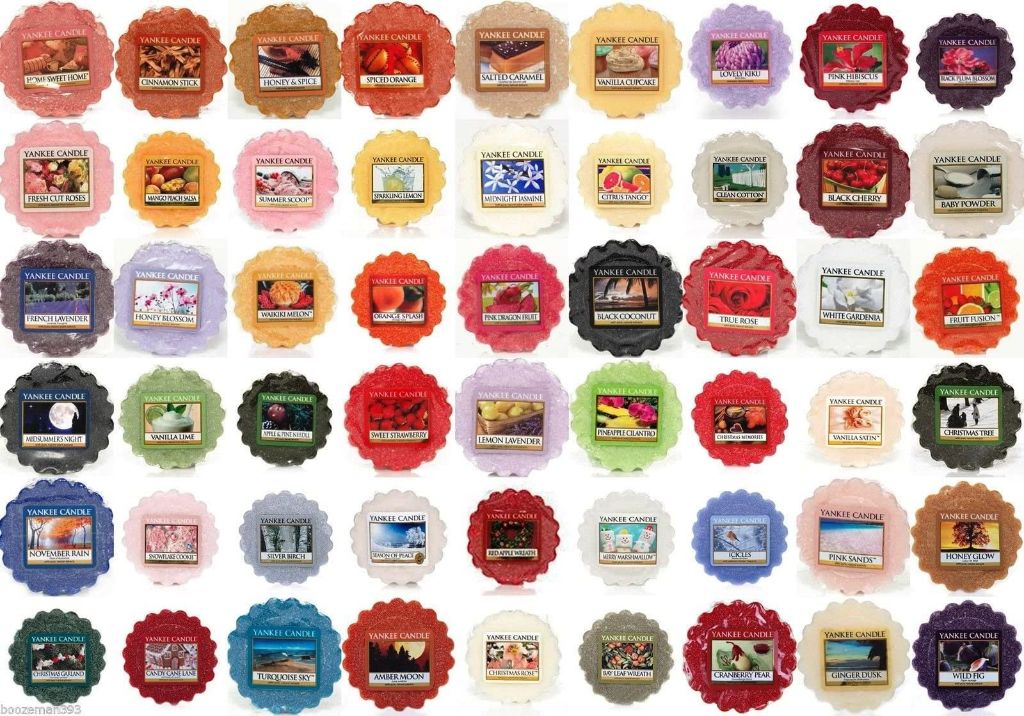
Properly dispose of wax melts by allowing them to fully harden after use and then throwing away in the regular trash. Never pour hot wax down drains where it can clog pipes. Recycle any packaging that is recyclable in your area.
Limit waste by avoiding heavily fragranced melts that you may tire of quickly. Choose lighter or unscented options that can be used for general illumination purposes for longer.
Consider alternative options like LED candles to reduce your use of wax melts and candles overall. However, be sure to dispose of LED candles properly when they burn out.
Look for wax melt companies that use sustainable practices in manufacturing or give back to environmental causes. This helps reduce the impact of your purchase.
Buy from local artisans and businesses to support environmentally-conscious entrepreneurs in your community.
Use wax melts sparingly and avoid leaving them burning when not necessary. Follow usage guidelines to maximize burn time.
Industry Improvements
There are some steps wax melt manufacturers can take to create greener products:
- Use natural waxes like soy, beeswax, or coconut wax instead of paraffin wax, which is a petroleum byproduct (Biodegradable Wax Melt Packaging – Amazon).
- Avoid artificial fragrances and use essential oils or natural extracts for scenting (Melty – Eco-Friendly Wax Melts).
- Use biodegradable packaging materials like plant-based cellophane instead of plastic (Wax Melt Packaging – ClearBags).
- Offer recyclable tins or glass containers instead of single-use plastic clamshells.
- Reduce excess packaging and materials.
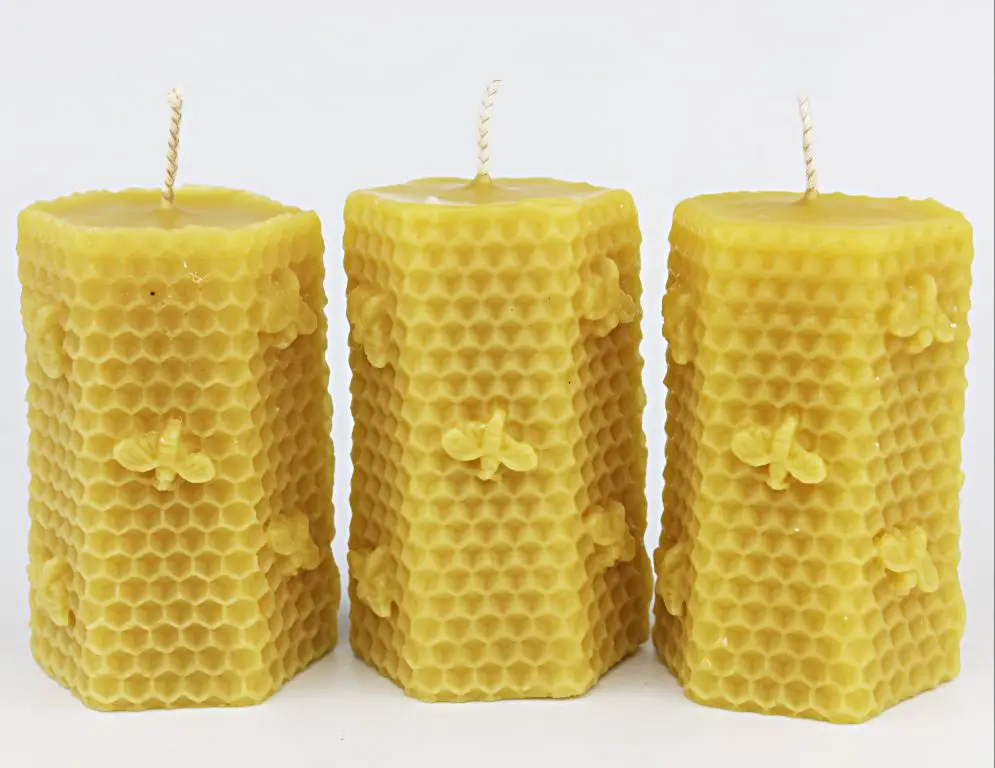
By making their products more natural and biodegradable, wax melt companies can reduce the environmental impact at all stages of the product lifecycle.
Conclusion
After examining the manufacturing, use phase, and disposal of wax melts, we can conclude that they have both environmental pros and cons compared to other fragrance options like candles.
On the positive side, wax melts may use less wax overall since you only melt a small amount at a time. Their manufacturing process can also be optimized to use more eco-friendly soy wax rather than paraffin. Wax melts also avoid issues like soot and smoke that come from burning candles. Overall they generate less waste than frequently burning through whole candles.
However, there are some concerns when it comes to ingredient safety, plastic packaging, and challenges recycling wax melt packaging and used wax. There is room for improvement in using more natural ingredients, reducing plastic use, and providing better recycling solutions.
Looking ahead, we may see more environmentally friendly wax melt options emerge. Some opportunities include using renewable ingredients, reducing packaging waste with options like reusable tins, providing recycling programs, and even compostable wax melts. Brands also have a role to play in following greener manufacturing processes. With some innovations, wax melts could continue providing aromatic experiences for consumers in a more sustainable way.


